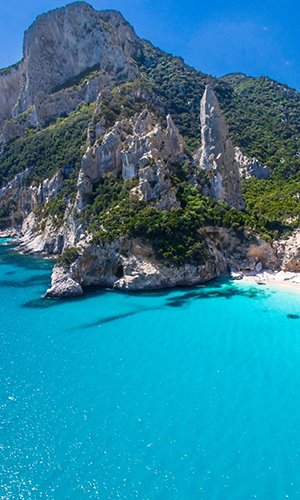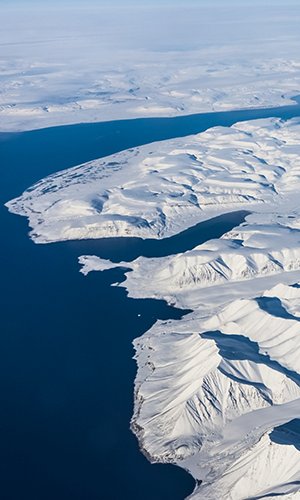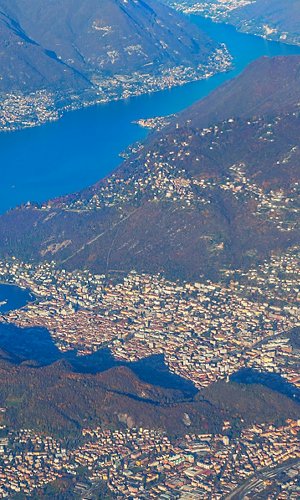Drought is affecting much of Europe, in particular northern Italy, Spain and France. Rainfall is scarce, snowfall is even scarcer, and the mountains do not provide the water needed to supply first the rivers and lakes and then the fields on the plains.
According to research by the European Commission's Joint Research Centre (JRC), snowfall in our country in March was 63% lower than average for the same period, and 'satisfactory' levels of rain have not fallen in the Alps for many months. Lack of snowfall and higher temperatures are reducing the Alpine glaciers, which are in danger of disappearing almost completely by the end of this century. The Adamello, the largest of the Italian glaciers, has shrunk by 22 % in recent years.
Droughts cause Alpine lakes to dry up thus decreasing the possibility of generating hydroelectric power, an important item in Italy's energy balance, since it normally covers 15% of national needs and is the first source of renewable energy, accounting for 43% of production from green sources.
Problems detected upstream inevitably have repercussions downstream. If there is a lack of snow, the Alpine lakes dry up and do not supply the rivers flowing down from the mountains. The levels of northern rivers are very low. The water in the Po River is more than 3 metres below the stream gauge datum reference point, which indicates the 'normal' level of the river. The great river flows through the Po Valley where one third of Italy's agricultural and food production originates. Wheat, maize, tomatoes, fruit, vegetables, but above all rice, a crop that requires large amounts of water, are cultivated along the course of the Po. And most of Italy's pig and cattle farms are concentrated on the plain. In 2022, drought caused losses of more than EUR 6 billion in the Po Valley agricultural sector. Even the large lakes are at minimum levels: the water in Lake Garda has dropped to 25 per cent, while Lake Maggiore is only 41 per cent full. In the lakes, beaches and gravel causeways have appeared where before there was only water.
Eventually, the rivers reach the sea. But if their flow drops, i.e. if the amount of water is not sufficient, seawater enters the river and flows back upstream, sometimes for kilometres. This causes the 'salt wedge' phenomenon that soaks fields with salt water, making them difficult to cultivate.
Researchers warn: with spring and the resumption of farming, fields and farms will need water, exacerbating an already difficult situation. And after the very hot summer of 2022, this coming one could cause even more problems.





